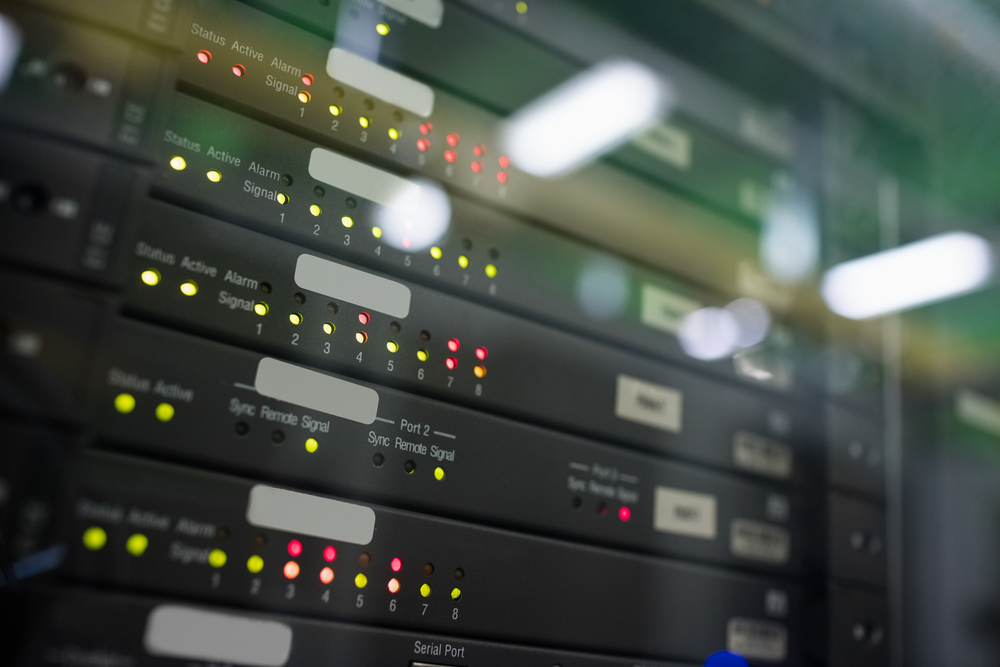Keeping in control matters for businesses. You want to be the masters of your own destiny – in charge of everything from the products and services you offer through to security.
If this is the case then you need the sort of IT infrastructure that gives you the power that you crave. With a dedicated server you’re calling on one single server which has the sole purpose of catering for your needs. You’re not involving third parties. Instead you have, as Web Fusion notes, ‘flexibility, control, resilience, reliability and security’.
Dedicated servers allow you to install and run the software that you need and can be set aside for a single use if required – hosting your website or containing your database for example.
You pay more for a dedicated package but that’s because you get more. Spending less is an option, but that way involves compromise, a lack of control and a dilution of the benefits outlined above. They might also not really be plausible if you need a complex digital infrastructure or struggle to have the space you require to carry out the tasks you require.
There’s not just one option when it comes to choosing a server type, however. If you have very specific performance needs and want a bespoke system then bare metal servers might well be the right choice for you. A cheaper, and slightly more basic option, comes in the form of a virtual server. You can choose to manage the server yourself – or pay for the provider to take this one for you. Again, this depends on the control you require but also the expertise that you have in house.
Once you’ve made the decision to get your own server there are a few more things to consider.
Firstly, there’s the way in which the data kept on this server is stored. Traditionally this has boiled down to a choice between two acronyms – SATA and SAS. SATA, or Serial Advance Technology Attachment, is the most common form of hard drive and is the sort that consumers would be able to buy from the high street. SAS, or Serial Attached Small Computer System Interface, is more advances. Typically, you get less storage with SAS but they are more reliable and work quicker. If money isn’t too tight, see if you can invest in SAS.
However, there are also solid state disks (or SSDs) which has no moving parts and can top even SAS drives for speed. Lifespans can be an issue here, but the technology has come on a lot and high end SSDs can last for a decent amount of time.
On top of this, you can decide to operate disks as their own individual drive, or put them together using something called Redundant Array of Inexpensive Disks or RAID (see more on this here).
These and the other technical choices involving servers are probably best left in the hands of an IT professional who you can trust. The very fact that you’re able to have this level of choice and sway over your server is, again, proof of the benefits of having your own dedicated package. Pick this and make sure your IT is supporting your business and the work that it delivers rather than getting yourself into a position where you’re only able to work within the confines of your software and hardware.
If you liked this article, follow us on Twitter @themerklenews and make sure to subscribe to our newsletter to receive the latest bitcoin, cryptocurrency, and technology news.

